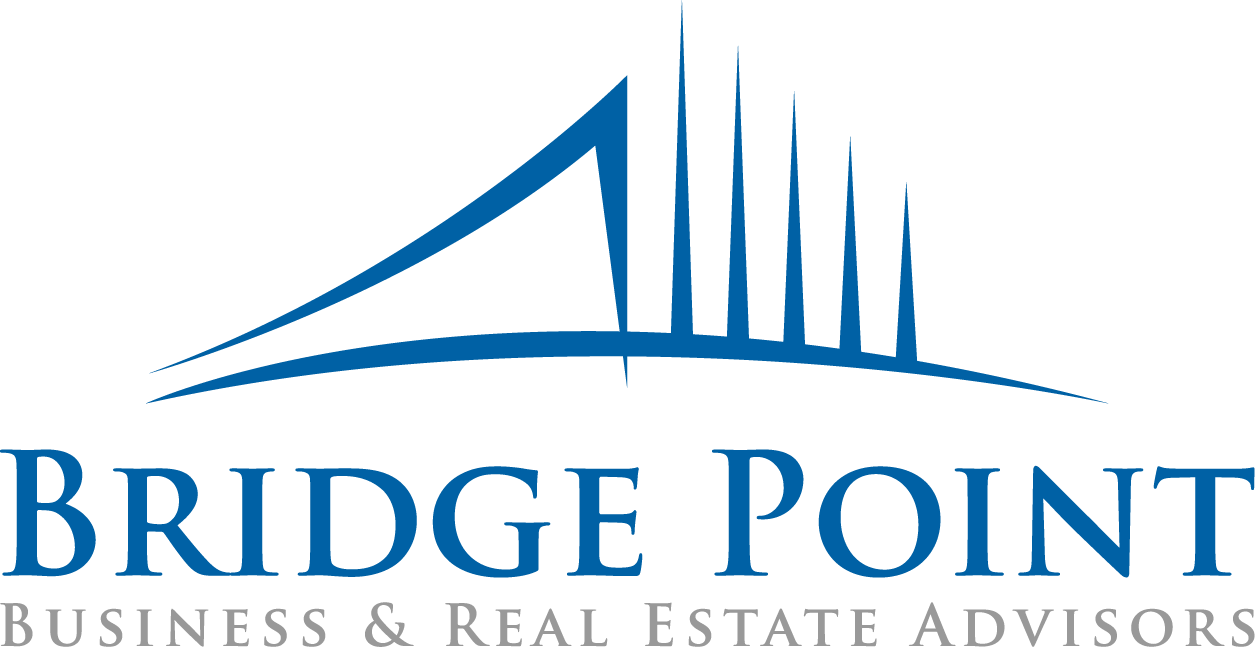At Bridge Point Business & Real Estate Advisors, we understand that effective tax and financial management is crucial for the success of any business. Therefore, one of our expert partners specializes in providing comprehensive Tax and Financial Advising services tailored specifically to your business needs. With a deep understanding of complex tax laws and financial regulations, our partner can help you navigate the intricacies of financial planning, tax preparation, and compliance. Whether it’s finding the most beneficial tax strategies, optimizing your financial processes, managing cash flow, or planning for business growth and investment, we provide invaluable guidance to help your business thrive. Our goal is to help you minimize liabilities, maximize profitability, and ensure your financial decisions align with your overall business goals. Trust Bridge Point Business & Real Estate Advisors for astute, proactive financial and tax advice that positions your business for sustained success.

Benjamin Franklin
“Nothing is certain but death and taxes. But at least death doesn’t get worse every time Congress meets!”
Maximizing Profitability
Maximizing profitability refers to the strategic efforts undertaken by a business to increase its profit margins as much as possible. This involves optimizing operations and implementing practices to increase revenues, decrease costs, and ultimately enhance the bottom line.Here are some ways businesses work to maximize profitability:
- Increasing Revenues: Businesses might implement strategies to attract new customers, retain existing ones, or increase the amount customers spend per transaction. This can involve marketing initiatives, sales strategies, or the development of new products or services.
- Reducing Costs: Cost reduction can be achieved through a variety of methods, including improving operational efficiency, negotiating with suppliers, minimizing waste, or outsourcing certain business functions.
- Pricing Strategies: Adjusting pricing can also affect profitability. Pricing must be competitive, but also high enough to cover costs and provide a profit margin.
- Effective Financial Management: This includes efficient management of cash flow, accounts receivable and payable, inventory, and investments, to ensure that money is being used effectively.
- Tax Planning: Implementing effective tax strategies can help reduce tax liabilities and hence increase net profitability.
Maximizing profitability is a crucial objective for any business as it ensures sustainable growth, stability, and the ability to invest back into the business for further expansion or improvements. However, it’s important to balance this goal with other aspects of business operation, like maintaining quality, ensuring customer satisfaction, and adhering to the business’s broader mission and values.
Minimizing Liabilities
Minimizing liabilities in a financial context involves reducing the amount of money a business owes or the obligations it has to others, with the aim of improving the business’s financial health and stability. Liabilities can include loans, accounts payable, mortgages, deferred revenues, accrued expenses, and any other money or service a business is obligated to pay or perform in the future.
Strategies to minimize liabilities can include:
- Debt Management: This involves managing and reducing the amount of borrowed money a business has.
This could be through regular repayments, negotiating better terms, or consolidating loans. - Effective Cash Flow Management: By accurately forecasting and managing the business’s cash flow, a business can ensure it has the funds available to meet its liabilities when they are due.
- Negotiating with Suppliers: Sometimes businesses can negotiate better terms with their suppliers, such as extended payment terms, which can help manage liabilities.
- Reducing Unnecessary Expenses: By controlling and reducing unnecessary expenditures, a business can prevent the accrual of additional liabilities.
In a broader sense, minimizing liabilities can also refer to managing risks that could potentially lead to financial loss or legal issues. This can include actions such as investing in robust cybersecurity to protect against data breaches, ensuring compliance with all relevant laws and regulations to avoid legal penalties, or maintaining adequate insurance to protect against potential liabilities.
Minimizing liabilities is crucial for maintaining a healthy balance sheet, improving a business’s financial ratios, and making the business more attractive to investors and lenders. It also contributes to the long-term sustainability and success of the business.
Business Goals Alignment
Ensuring your financial decisions align with your overall business goals refers to the practice of making financial choices that support and drive your strategic objectives. Every financial decision a business makes, from investments and expenditures to revenue strategies, should be influenced by the broader context of its mission, vision, and goals.
Here are some ways this alignment can be achieved:
- Budget Alignment: Budgets should be allocated in a manner that supports the strategic goals of the business. For example, if a key goal is to expand the customer base, it would make sense to allocate a significant portion of the budget to marketing and customer acquisition efforts.
- Investment Decisions: The choice to invest in new equipment, technology, or business expansion should be guided by whether such investments bring you closer to your business goals. For instance, if a goal is to improve operational efficiency, investing in technology that automates manual processes could be a good decision.
- Risk Management: The level of financial risk a business is willing to accept should be determined by its strategic objectives. A business aiming for aggressive growth might be willing to take on more financial risk, while a business aiming for stability might prioritize risk reduction.
- Revenue and Pricing Strategies: The strategies used to generate revenue, including pricing of products or services, should reflect the company’s goals. For example, a company aiming to position itself as a premium provider may have higher price points, while a company aiming for volume sales might prioritize competitive pricing.
- Cash Flow Management: The management of cash inflow and outflow should also be aligned with business goals. For example, if a business is planning to expand, it would need to ensure that there is sufficient cash flow to support that expansion.
By ensuring that financial decisions are in line with business goals, companies can create a consistent, cohesive strategy that drives forward their business objectives and optimizes their financial performance.
